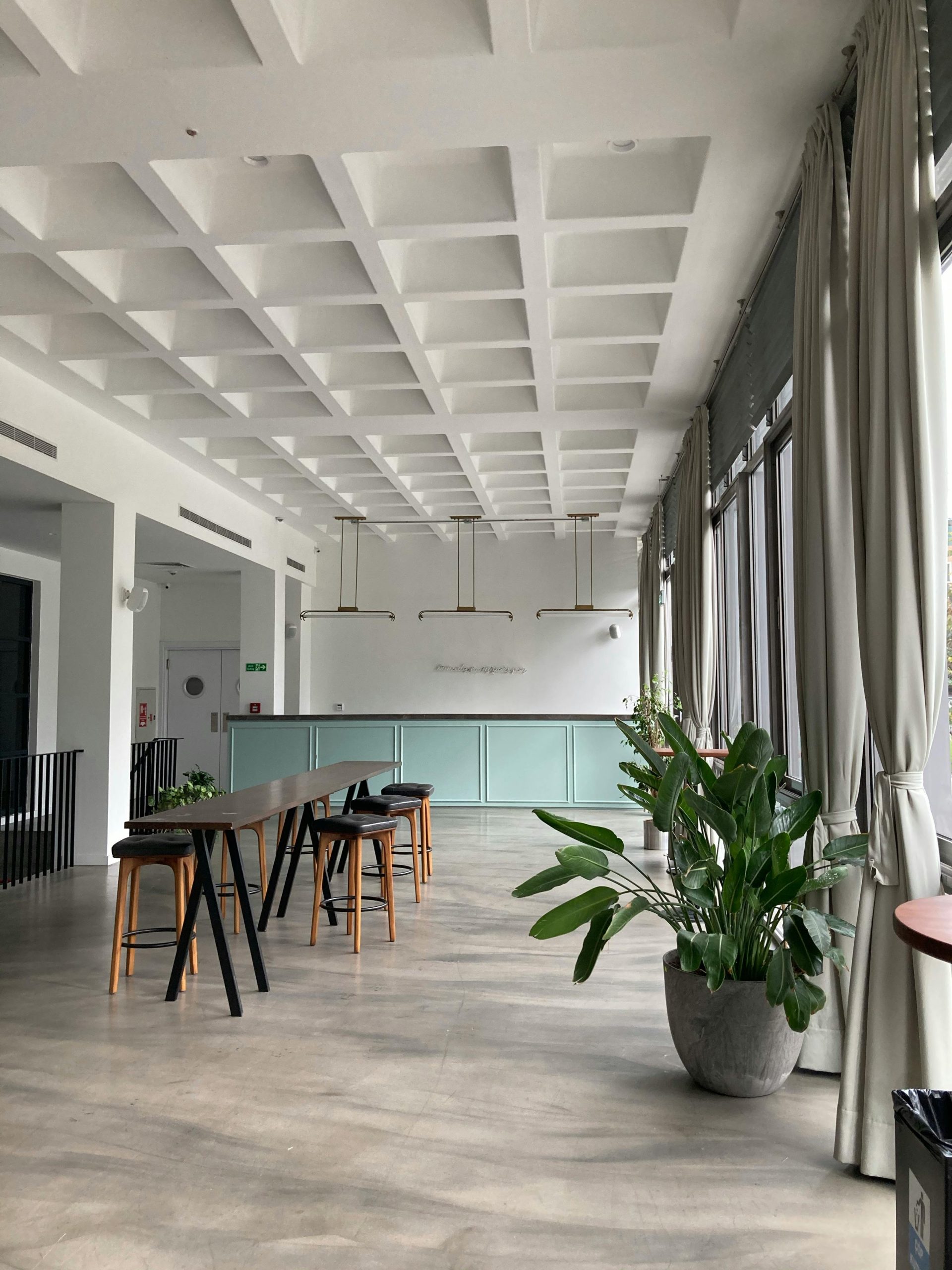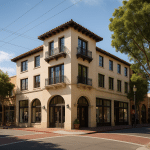The landscape of commercial office spaces is constantly evolving, driven by technological advancements, shifting workforce demographics, and changing attitudes toward work-life balance. As companies strive to attract and retain talent while fostering collaboration and innovation, the design of office spaces has become increasingly important. Here are some emerging trends reshaping the way we think about commercial office space design:
1. Flexible Layouts: Traditional cubicles and fixed workstations are giving way to open floor plans and flexible layouts that accommodate various work styles and preferences. Agile workspaces with movable furniture, adjustable partitions, and modular elements allow employees to customize their environment based on their tasks and needs, fostering creativity and productivity.
2. Activity-Based Design: Activity-based design focuses on creating spaces tailored to specific activities rather than traditional departments or roles. This approach recognizes that different tasks require different settings, whether it’s focused work, collaborative brainstorming, or relaxation. Designing offices with designated zones for meetings, quiet work, socializing, and wellness activities empowers employees to choose the environment that best supports their workflow.
3. Biophilic Design: In response to the growing awareness of the benefits of nature on well-being and productivity, biophilic design integrates natural elements into the built environment. Incorporating elements such as indoor plants, natural light, green walls, and organic materials not only enhances aesthetics but also promotes a sense of connection to the natural world, reducing stress and improving overall satisfaction.
4. Technology Integration: With the rise of remote work and digital collaboration tools, office spaces are becoming increasingly tech-enabled to support seamless connectivity and communication. This includes amenities such as high-speed Wi-Fi, video conferencing facilities, wireless charging stations, and smart building systems that adjust lighting, temperature, and air quality based on occupancy and preferences.
5. Wellness Initiatives: Recognizing the importance of employee health and well-being, modern office designs prioritize wellness initiatives that promote physical activity, mental health, and work-life balance. This may include dedicated spaces for meditation and relaxation, on-site fitness centers, ergonomic furniture, standing desks, and access to natural light and outdoor areas to encourage movement and rejuvenation throughout the workday.
6. Inclusive Design: Inclusivity is a guiding principle in contemporary office design, with a focus on creating environments that are accessible and accommodating to individuals of all abilities, ages, and backgrounds. This involves considerations such as universal design principles, equitable access to amenities and resources, and inclusive signage and wayfinding systems that cater to diverse needs and preferences.
7. Sustainability Practices: Sustainable design practices are becoming increasingly integral to office space design, driven by environmental concerns and corporate responsibility initiatives. From energy-efficient lighting and HVAC systems to recycled materials and green building certifications, sustainable features not only reduce environmental impact but also contribute to cost savings and promote a healthier indoor environment for occupants.
8. Collaborative Spaces: Collaboration is a cornerstone of modern work culture, and office designs reflect this emphasis on teamwork and interaction. Collaborative spaces such as breakout areas, brainstorming rooms, and communal lounges encourage spontaneous meetings, idea exchange, and cross-functional collaboration, fostering a culture of innovation and collective problem-solving.
The evolution of commercial office space design is shaped by a diverse range of factors, from technological advancements to changing attitudes toward work and well-being. By embracing flexible, inclusive, and sustainable design principles, companies can create environments that not only support productivity and innovation but also enhance employee satisfaction and engagement in the ever-evolving world of work.
Need the perfect design for your commercial space, contact Gen3 to get started!





